Gold prices in Iraq continue to reflect global trends while maintaining unique local patterns. Investors closely monitor every shift in gold market movement. This attention stems from gold’s role as a reliable hedge against inflation and currency fluctuations.
In local markets, 24-karat gold holds steady, appealing to both traders and everyday buyers. Each gram of 24-karat gold now sells for approximately 819,000 Iraqi dinars. Meanwhile, 21-karat gold, often used in jewelry, trades for around 717,000 dinars per gram. These rates fluctuate slightly depending on the region and shop.
Notably, Iraqi goldsmiths report stable demand despite price changes. Buyers prefer gold jewelry as both an accessory and a long-term investment. Consequently, many families continue to purchase gold, especially during weddings or cultural celebrations. This steady demand reinforces the ongoing gold market movement in Iraq.
Additionally, economic analysts say that gold remains a popular store of value. Iraqis often turn to gold during uncertain financial periods. Unlike stocks or currency, gold offers security and tangibility. This preference plays a vital role in shaping the country’s economic habits.
Moreover, currency shifts can influence gold prices. When the dinar weakens, gold becomes more expensive in local currency. As a result, people rush to buy before further increases occur. This behavior further drives gold market movement in the country.
Jewelry shops in Baghdad and southern provinces report minor price variations. For example, Karbala and Basra sometimes show lower prices due to supply differences. Yet overall, pricing stays within national averages. Consumers remain alert to these differences, always seeking the best value.
In summary, Iraq’s gold market movement reflects both international pressures and local dynamics. Buyers, traders, and economists all track these fluctuations with interest. Gold continues to serve not just as a commodity, but as a cultural and financial pillar in Iraqi life.



